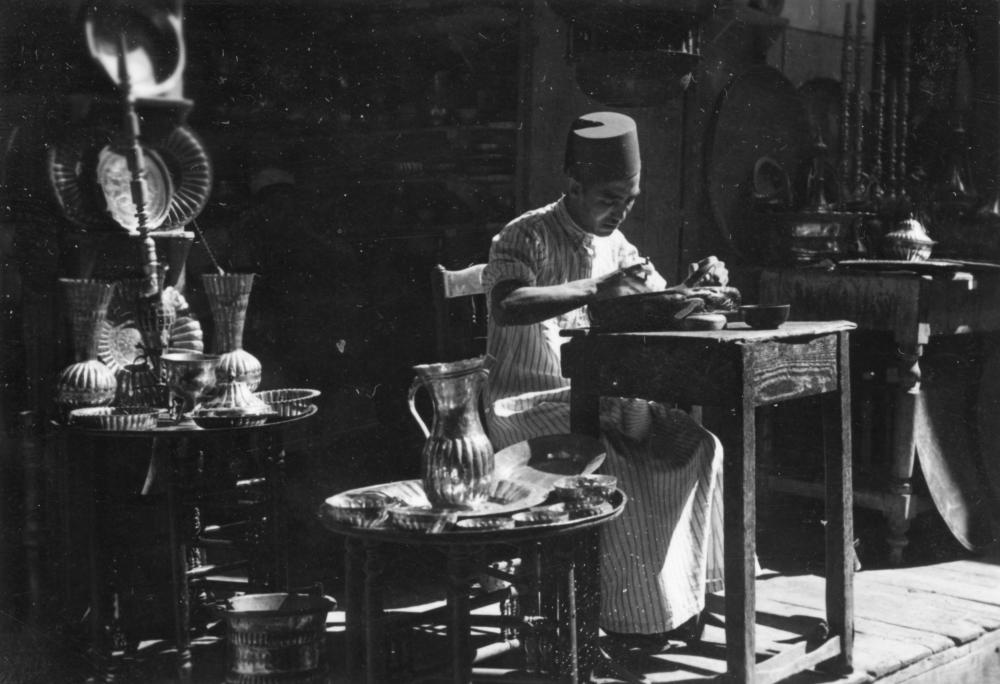The photo I chose for the ‘Together’ challenge shows soldiers far from home, undoubtedly lonely for family and not wanting to isolate themselves from the local people.
It reminded me of the concluding words of George Sand (pen name of Mme Aurore Dudevant) after spending a couple of months in a deserted monastery in Majorca, separated from almost everyone except her family and her lover, Frédéric Chopin. Two paragraphs express her need, not for solitude, but for companionship:
“In the stormy days of youth, we imagine that solitude is the great refuge against attacks, the great remedy for battle wounds. This is a grave error. Life experience teaches us that when we cannot live in peace with our fellow man, no poetic admiration or pleasures of art are capable of filling the abyss that forms in the depth of our soul.
I had always dreamt of living in the desert, and any simple dreamer will admit he has had the same fantasy. But believe me, my brothers, we have hearts too loving to get by without each other; and the best thing left for us to do is tolerate each other, for we are like children of the same womb who tease, fight and even hit each other, and yet cannot part.”
George Sand, A Winter in Majorca, 1855 (My translation)











